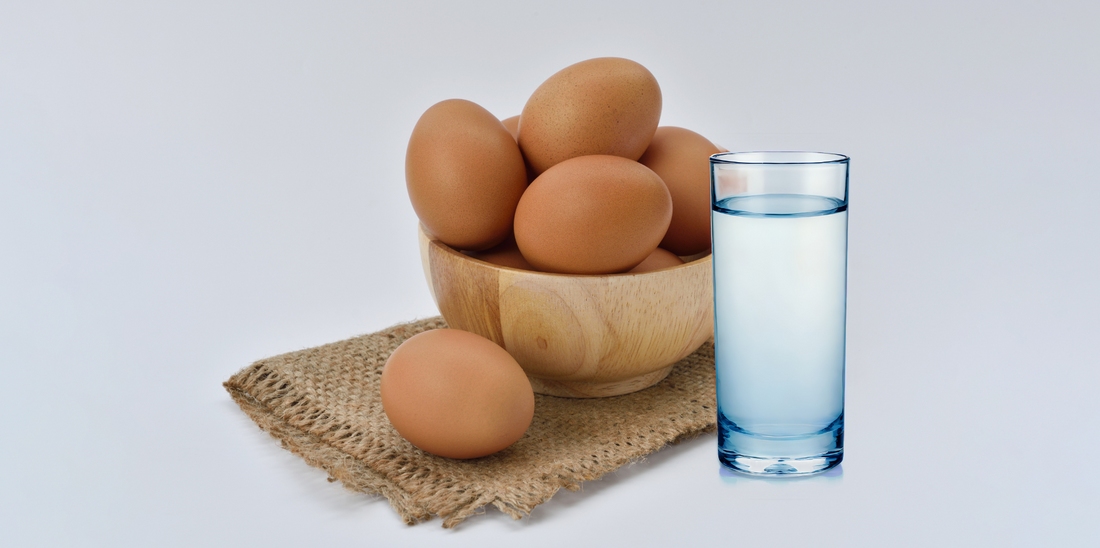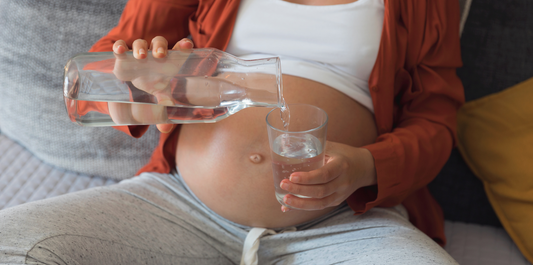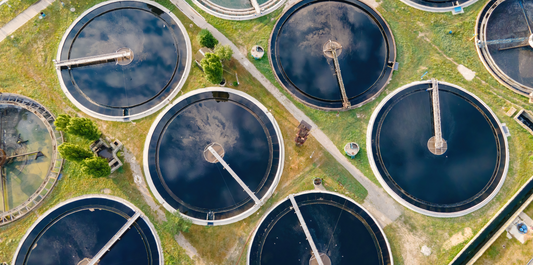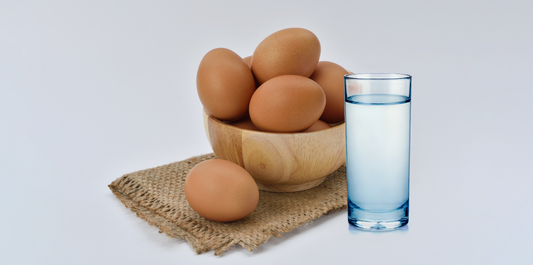Vous cultivez vos propres légumes. Vous élevez des poules dans votre jardin. Peut-être même que vous cuisinez tout vous-même. C’est un mode de vie fondé sur la santé et la durabilité. Mais des rapports récents en provenance des Pays-Bas jettent une ombre sur cet effort. Les œufs produits à domicile—autrefois considérés comme un aliment sain de base—ont désormais été trouvés avec des niveaux élevés de PFAS, les fameuses « substances chimiques éternelles ».
De votre poulailler à votre robinet : la présence généralisée des PFAS
Les PFAS (substances per- et polyfluoroalkylées) sont un groupe de produits chimiques synthétiques utilisés dans des produits courants comme les vestes imperméables, les emballages alimentaires et les ustensiles de cuisine antiadhésifs. Le problème ? Ces substances ne se décomposent pas dans la nature. Elles persistent dans notre sol, notre eau—et de plus en plus, dans notre alimentation.
Une enquête menée par le RIVM (Institut national néerlandais pour la santé publique et l’environnement) a montré des niveaux élevés de PFAS dans les œufs produits à domicile sur plus de la moitié des sites testés. Dans certaines zones, consommer ne serait-ce qu’un œuf par semaine pourrait dépasser la limite recommandée d’exposition aux PFAS pour les adultes.
Mais il ne s’agit pas seulement des œufs. Les mêmes études ont révélé la présence de PFAS dans l’eau potable, augmentant ainsi la charge chimique totale dans nos organismes. Et bien que les niveaux de PFAS dans l’eau du robinet respectent généralement les directives de sécurité officielles, l’exposition combinée provenant de l’eau et des aliments peut dépasser les limites fixées par l’Autorité européenne de sécurité des aliments (EFSA).
De plus, une étude distincte menée par le Pesticide Action Network Europe a identifié des niveaux alarmants de PFAS—en particulier de l’acide trifluoroacétique (TFA)—dans les vins européens, notamment dans les millésimes produits après 2010. Cela souligne encore davantage la contamination généralisée et croissante des aliments et des boissons.
Le véritable coût de l’exposition aux PFAS
Les risques potentiels pour la santé posés par les PFAS ne doivent pas être sous-estimés. Ces substances persistent dans le corps et sont associées à divers problèmes de santé graves :
- Cancer – Augmentation du risque de cancer du rein, des testicules et peut-être du sein.
- Effets sur la fertilité et le développement – Les PFAS peuvent nuire à la fertilité et entraîner des faibles poids à la naissance et des retards de développement.
- Effets sur le système immunitaire – Ces substances peuvent affaiblir les défenses de l’organisme contre les infections et réduire l’efficacité des vaccins.
- Perturbation de la thyroïde et du foie – Les PFAS peuvent affecter les niveaux hormonaux et sont liés à des problèmes hépatiques dans des études animales et humaines.
- Autres préoccupations – Des études ont observé des taux de cholestérol plus élevés, des complications de pression artérielle pendant la grossesse et des changements métaboliques associés à l’exposition aux PFAS.
Ce que fait l’Europe — et pourquoi ce n’est pas encore suffisant
Avec la montée de l’inquiétude publique, les actions réglementaires augmentent également. L’Agence européenne des produits chimiques (ECHA) évalue une restriction à l’échelle du continent pour réduire l’exposition aux PFAS et éliminer les usages non essentiels. Pendant ce temps, les gouvernements locaux, notamment aux Pays-Bas, publient de nouveaux avis de sécurité. Par exemple, le RIVM recommande désormais d’éviter les œufs provenant de poules élevées par des particuliers dans certaines zones.
Malgré ces efforts, les PFAS demeurent difficiles à éliminer de l’environnement. Cela prendra du temps—et, en attendant, les ménages doivent envisager ce qu’ils peuvent faire dès maintenant.
Et l’eau que vous buvez chaque jour ?
Le RIVM continue d’affirmer que l’eau du robinet reste potable. Toutefois, il reconnaît également que l’exposition cumulative aux PFAS—en particulier par l’alimentation et la consommation d’eau à long terme—peut présenter un risque pour la santé. Faire bouillir l’eau n’élimine pas les PFAS. Et même si l’eau en bouteille en contient généralement moins, elle n’est ni pratique ni durable à long terme.
Les concentrations de PFAS sont souvent plus élevées dans l’eau provenant des rivières et des lacs que dans les eaux souterraines, car les eaux de surface sont plus exposées aux ruissellements contaminés par les PFAS provenant de sites industriels et de produits de consommation. Même les eaux souterraines, bien que généralement plus sûres, ne sont pas à l’abri.
AquaTru : filtrer les PFAS avec des résultats prouvés

Si vous êtes préoccupé par la présence de PFAS dans votre eau du robinet, il existe une solution fiable. Le système de filtration par osmose inverse (RO) en 4 étapes d’AquaTru a été testé et certifié de manière indépendante pour éliminer jusqu’à 99 % d’une large gamme de substances nocives, y compris les PFAS.
- Filtration avancée – Réduction efficace des PFAS, des produits pharmaceutiques, du plomb, du fluorure, des microplastiques et plus encore.
- Certifié par l’IAPMO – Conforme aux normes NSF/ANSI de performance de filtration de l’eau.
- Choix durable – Réduit la dépendance à l’eau en bouteille et diminue les déchets plastiques.
L’avantage AquaTru : transparence à chaque goutte
AquaTru ne se contente pas de promettre des résultats—nous les prouvons. Nos fiches de données de performance indiquent clairement les taux de réduction des principaux contaminants :
- Solides dissous totaux (TDS) : réduction jusqu’à 97 %, pour une eau plus claire et plus fraîche.
- Microplastiques : élimination de plus de 96 % des particules de 0,5 micron ou plus.
- Équilibre du pH : maintien d’un pH optimal pour une consommation sûre et agréable.

Avec les PFAS qui font la une partout en Europe, il n’a jamais été aussi important de prendre des mesures pour protéger votre eau potable.
Téléchargez notre fiche de performance pour voir comment AquaTru se compare. Puis passez à une meilleure eau—car « propre » doit vraiment signifier propre.




